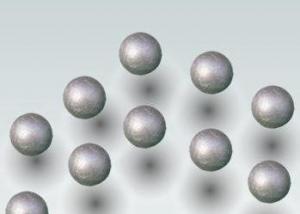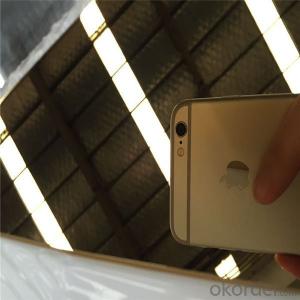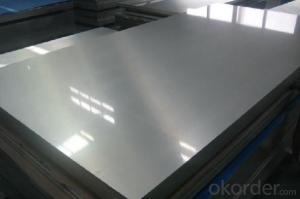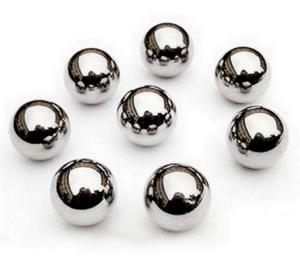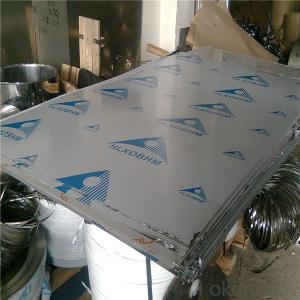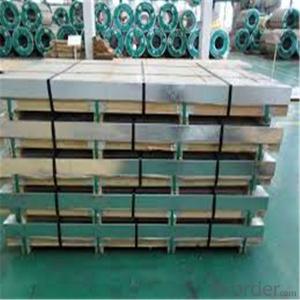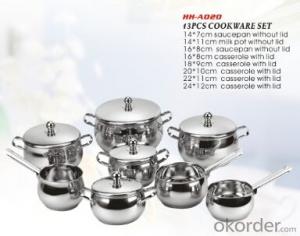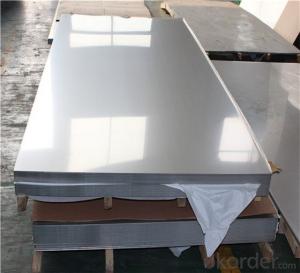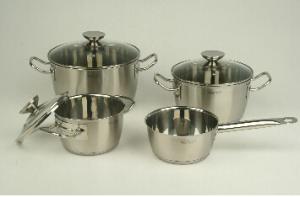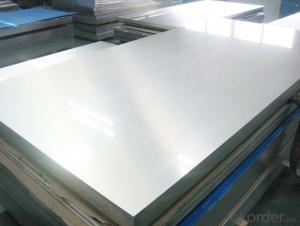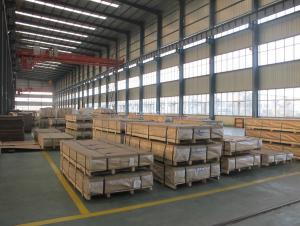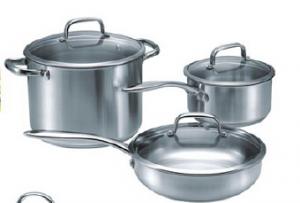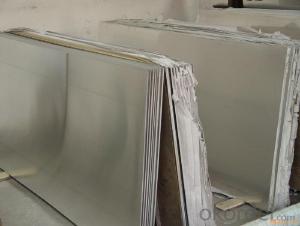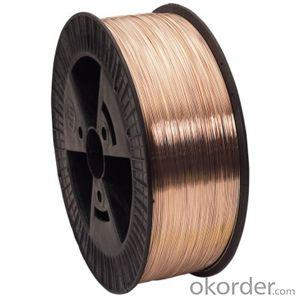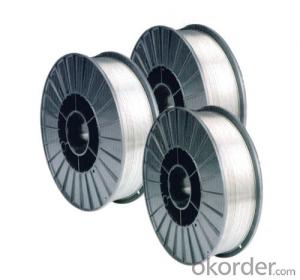440 Stainless Steel
440 Stainless Steel Related Searches
Stainless Steel 440 440 C Stainless Steel 440a Stainless Steel 440c Stainless Steel 400 Stainless Steel 440 Stainless Steel Sword 430 Stainless Steel 420 Stainless Steel Stainless Steel 430 Stainless Steel 420 400 Series Stainless Steel 4 Stainless Steel 403 Stainless Steel A4 Stainless Steel 410 Stainless Steel 409 Stainless Steel 420c Stainless Steel 17 4 Stainless Steel White Stainless Steel 330 Stainless Steel 420hc Stainless Steel 455 Stainless Steel Stainless Steel Hardware Blue Stainless Steel 431 Stainless Steel 400 Micron Stainless Steel Mesh Material Stainless Steel Stainless Steel Wall Stainless Steel Disc 360 Stainless Steel440 Stainless Steel Supplier & Manufacturer from China
440 Stainless Steel is a martensitic stainless steel grade that is known for its excellent hardness and wear resistance. This type of stainless steel is commonly used in the production of various knives, cutlery, and other tools that require a high level of durability and sharpness. Due to its high carbon content, 440 Stainless Steel can be heat treated to achieve a hardness level of up to 58 HRC, making it an ideal choice for applications where strength and edge retention are crucial.440 Stainless Steel is widely used in various industries, including the manufacturing of kitchen utensils, industrial machinery, and even in the automotive sector. Its corrosion resistance, combined with its ability to maintain a sharp edge, makes it a popular choice for many applications. In addition to its strength and durability, 440 Stainless Steel also offers a sleek and modern aesthetic, making it a popular material for designers and engineers alike.
Okorder.com is a leading wholesale supplier of 440 Stainless Steel, offering a vast inventory of this high-quality material. With a commitment to providing top-notch products and exceptional customer service, Okorder.com ensures that customers receive the best possible 440 Stainless Steel for their specific needs. Whether it's for a small-scale project or a large-scale production, Okorder.com is the go-to source for 440 Stainless Steel.
Hot Products


